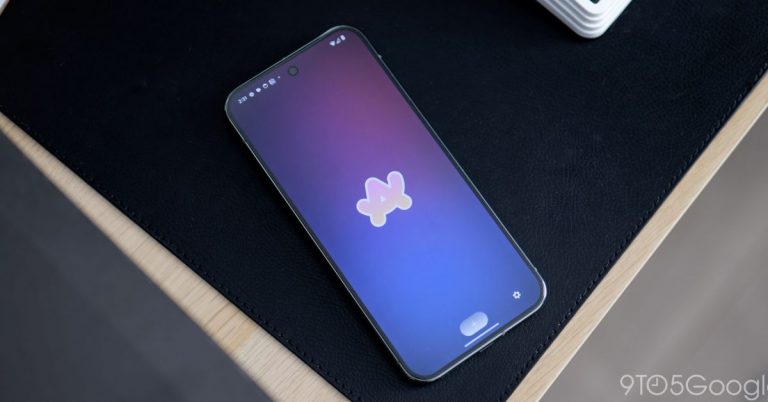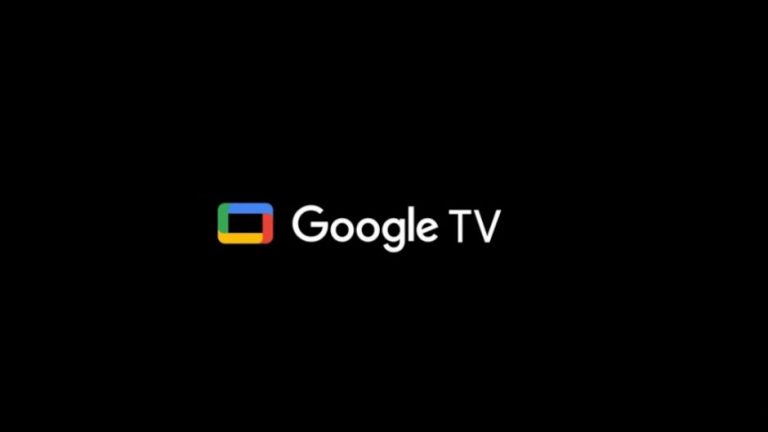Revolutionize Your Smartphone Experience: Is It Time to Outgrow Cloud-Based Camera Features?
The Growing Trend of Cloud-Based Camera Capabilities: Why I’m Not a Fan
The best camera phones continue to innovate with cool camera options and capabilities. Features like Google’s Best Take, object/shadow/reflection removal, and photographic styles/color profiles have made a significant impact in recent years. However, many smartphone makers are increasingly turning to the cloud to power new camera capabilities, and I’m not a fan of this trend.
A Growing Trend That Needs to Stop
There are several reasons why I have a deep disdain for most cloud-based camera capabilities. Perhaps the most important one for most people is that there are privacy and security concerns. I don’t want to give my photos and videos to smartphone companies, even if they have good intentions. Regardless of their data retention claims, I don’t want to run the risk of my photos and videos being leaked or mishandled. We already see our private details mishandled by other companies and even authorities, so there’s every chance the same could apply to smartphone makers.
Cloud-Based Camera Features: A Privacy and Security Risk
Personally, my biggest issue with cloud-based camera functionality is the need for an internet connection in the first place. Yes, I’m connected to Wi-Fi most of the time and usually have reasonably fast cellular coverage when I’m out and about. But I’m up poop creek without a paddle if I want to use these features when in a remote area or while on a flight.
More Camera Features That Don’t Need the Cloud, Please
The good news is that there are a few great camera features that don’t require an internet connection. Google alone introduced the nifty Add Me feature so you can add yourself to a photo, Audio Magic Eraser so you can remove unwanted sounds from a video, and Super Res Zoom to improve hybrid zoom quality. The company also released its Zoom Enhance feature to improve the quality of long-range zoom snaps, although this is quite hit or miss.
On-Device Camera Features: The Way Forward
I’m also glad to see on-device camera features from other brands, such as Samsung’s Single Take, Xiaomi’s AI Zoom, and 4K/120fps slow-mo and night video capture from various brands. It all shows that you don’t need the cloud to create cool camera tools, especially with recent Snapdragon and Dimensity chips making major strides in terms of imaging and AI capabilities.
A Word of Caution
That’s not to say I’m completely opposed to cloud-enabled camera features, but I hope companies think twice about using the cloud for many camera and general AI capabilities (e.g. transcriptions and summaries) in the future.
The Verdict
In conclusion, while cloud-based camera features can be convenient, I believe they pose significant privacy and security risks. I hope smartphone makers will consider on-device camera features more seriously in the future, ensuring that users can enjoy advanced camera capabilities without compromising their privacy and security.






